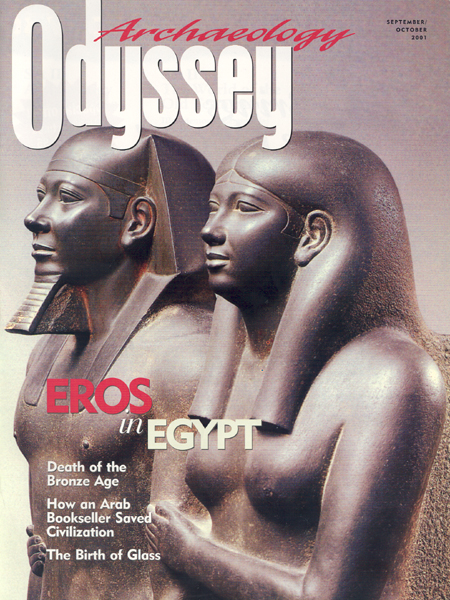Image Details

Photo by the Museum of Fine Arts, Boston
For Pharaoh Menkaure (2490‒2472 B.C.) and his wife, Khamerer-nebti, depicted in this 56-inch-high granite carving, the afterlife was not simply a state of eternal rest. According to author David O’Connor (“Eros in Egypt”), ancient Egyptians believed that men and women had sexual relations in the next world, and Egyptian artists portrayed erotic activities in subtle ways—by the presence of a bed, say, or by the figures’ poses. In this depiction, Menkaure, who built the smallest pyramid at Giza, is caressed by his wife, whose swelling form and tight-fitting gown suggest an earthy softness and intimacy that we don’t always think of as Egyptian.
